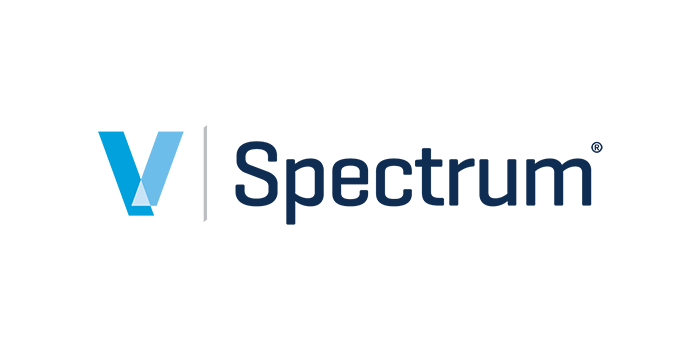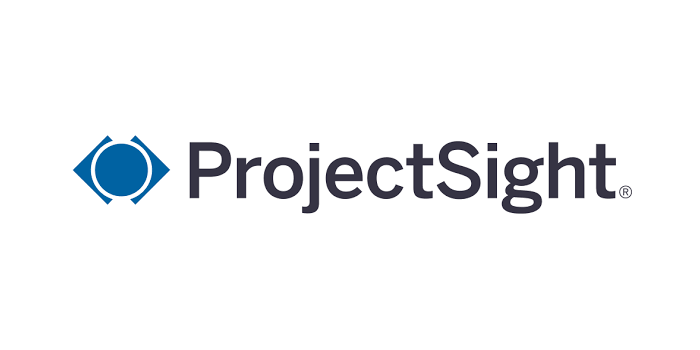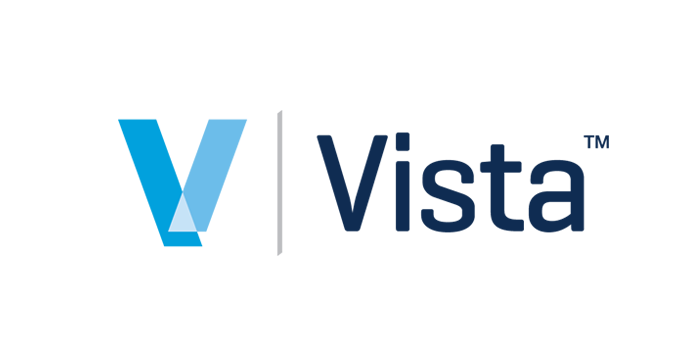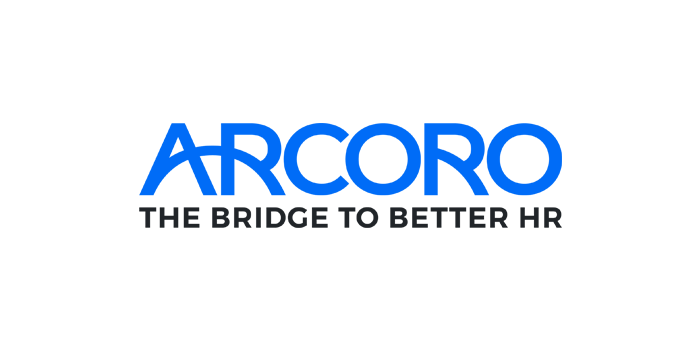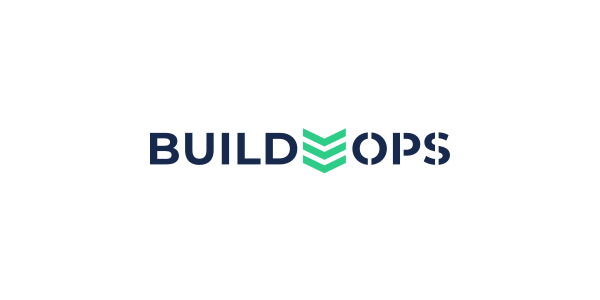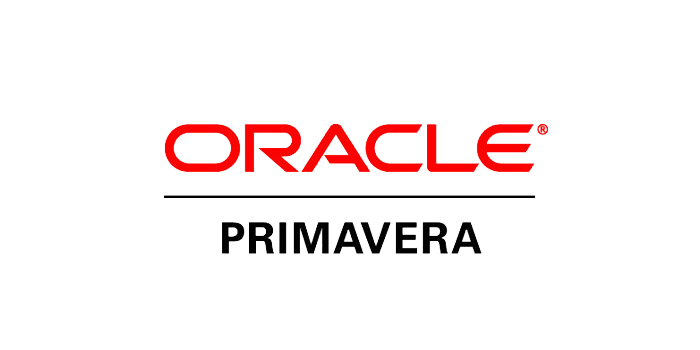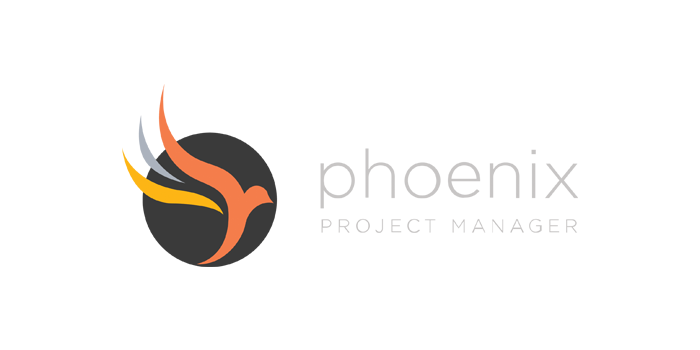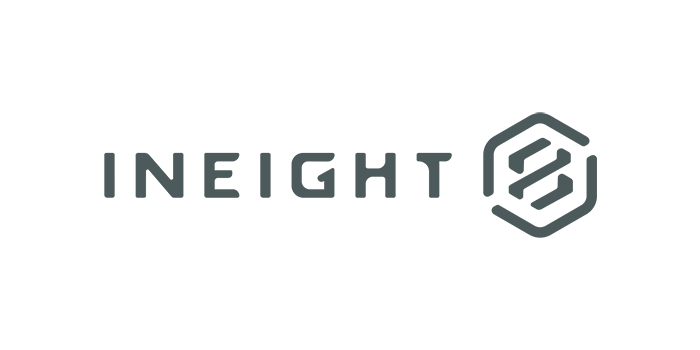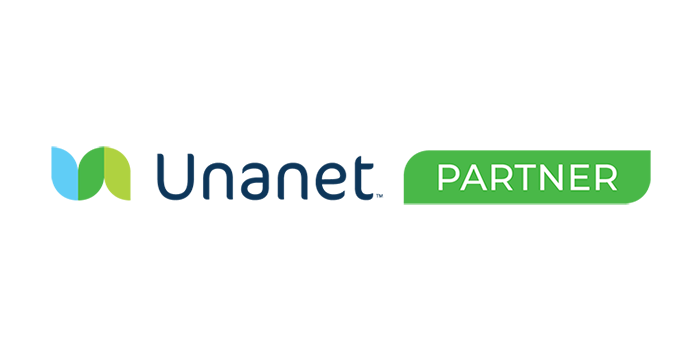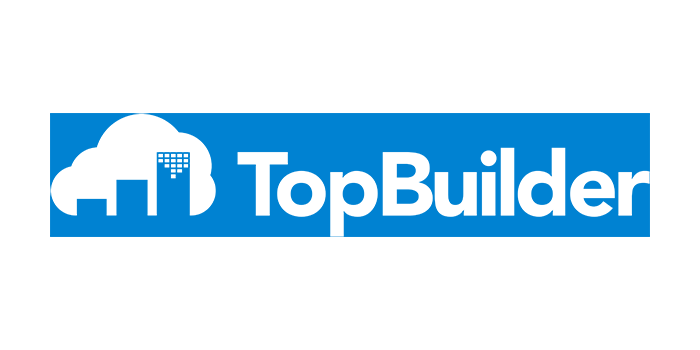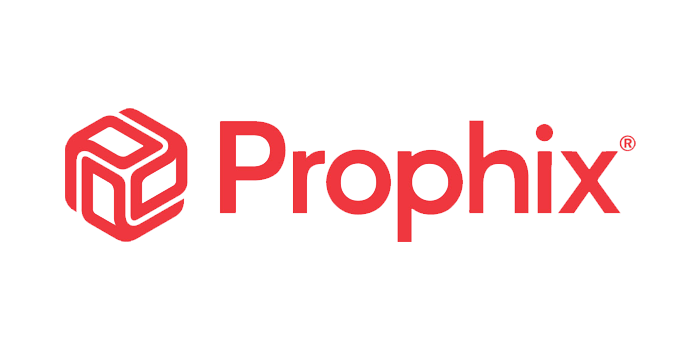By John Chaney, co-founder, Dexter + Chaney
As a contractor, if you have even a modest investment in heavy equipment, then you have a significant stake in making sure that you are realizing a return on that investment. However, knowing your true costs and returns on construction equipment is not as simple a task as it appears on the surface. The good news is that there are reporting methods and tools available that help you drill down into the details of equipment management and provide you with information that drives money saving decisions.

Before describing these methods and tools, it’s important to understand why equipment cost is different from most other contractor cost types. One fundamental difference lies in the fact that the use of equipment incurs both ownership and operating expenses. Another is that both of these costs vary in different ways over time and across different types of equipment. What all this means is that in order to make smart equipment management decisions, contractors must gather detailed data, measure performance over time, then roll the data up in a meaningful way.
Know Your Rates
The first step when making any change is knowing where you are. In optimizing your equipment usage, this means knowing your current costs at a level of detail that lets you chart a course to improve performance. A detailed method of calculating the rates at which you incur costs, split out by ownership and operating considerations, has been developed by CEMPCentral, Inc. According to Dr. Mike Vorster, principle at CEMPCentral, “If you do not know your true equipment cost rates, you are flying blind. Knowing equipment rates is as important as knowing job cost status, and is integral to creating accurate estimates and performing profitable work.”
Compared to equipment operating costs, ownership costs are incurred less frequently, but in large amounts, so poor initial decisions regarding capital equipment can have a large and long-term impact on profitability. But managing the cost of ownership goes beyond the initial purchase. The cost of keeping a piece of equipment in your company depends on its utilization over time, and includes calculations for depreciation, interest, insurance, and other factors.
Operating costs are easy to understand but less predictable than ownership costs, and include many more variables. Complicating the task of knowing your operating cost rates are the changing costs of consumables, such as fuel, the unpredictability of equipment breakdowns, and the fact that equipment becomes more costly to operate the more it is used over time. However, the fact that many variables are not under contractor control does not make rate calculation irrelevant. On the contrary, it makes tracking operating rates that much more important.
Performing the rate calculations to arrive at ownership and operating cost budgets is not complex. The challenge is obtaining accurate numbers to use for these calculations. That is where using the right business information tools comes into play.

